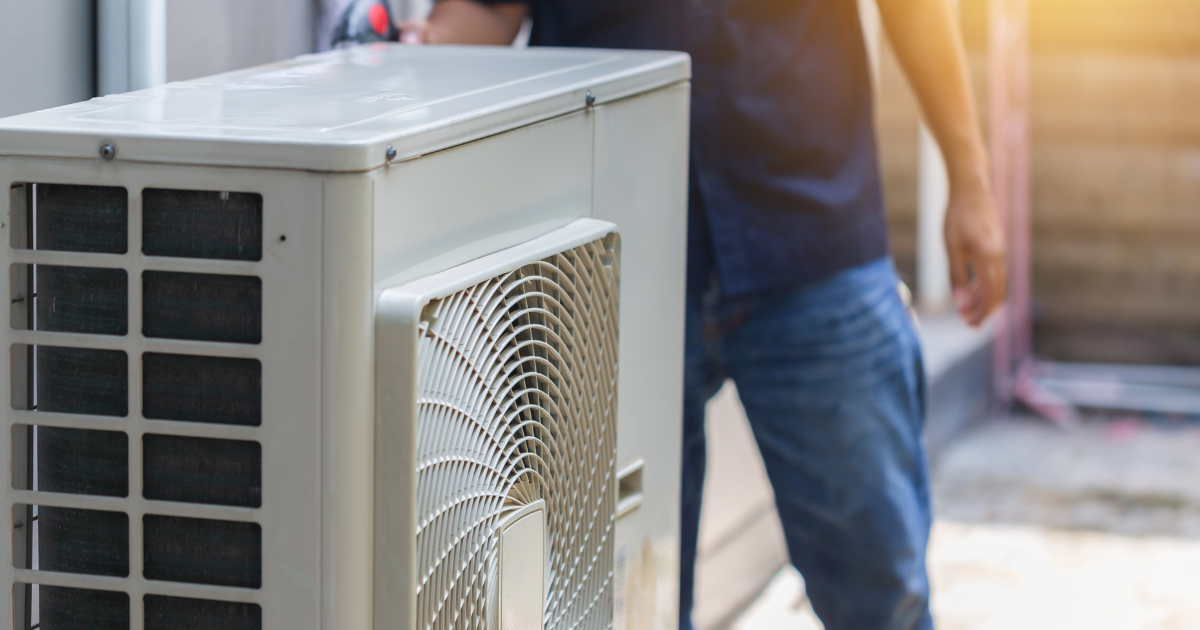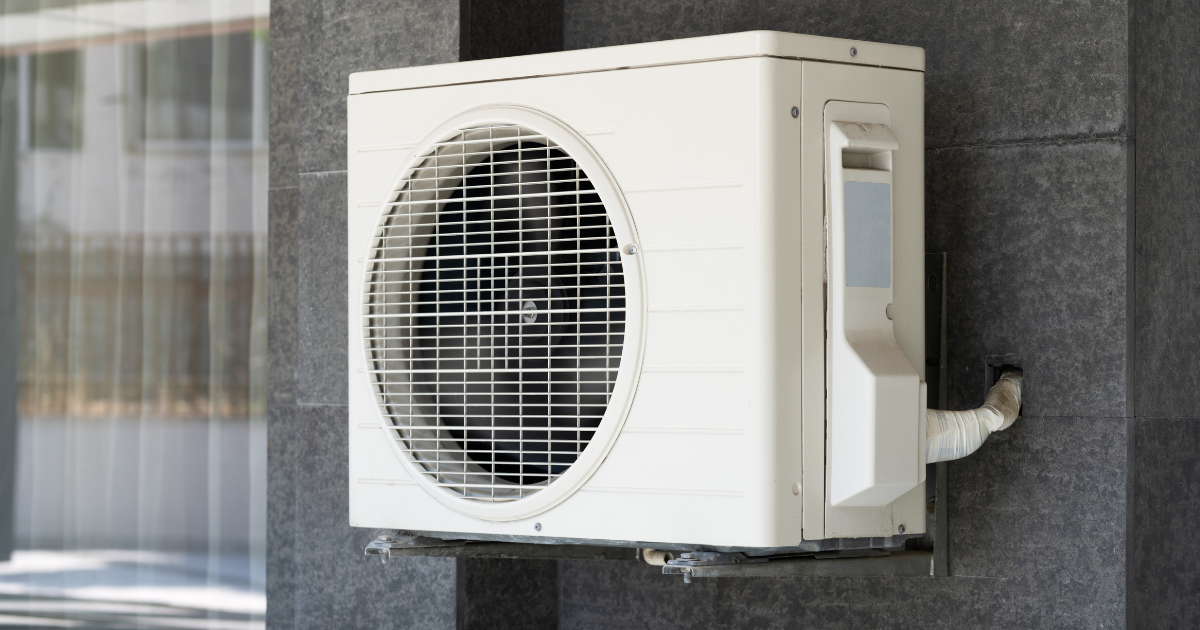How to Stop the Bleeding (of air)
Consumers spend a lot of money keeping their homes the right temperature—to the tune of $22 billion spent in the U.S. on air conditioning alone every year. For warmer climates, the cost of keeping a home cool can be as much as 70 percent of a summer utility bill. Of annual utility costs. When the summer months hit and your air conditioning unit is getting the biggest workout of the year, your wallet can also take a hit. In order to keep your utility budget in check, and conserve some energy in the process, take a look at these smart tips for keeping cool air in your home and warm air outdoors.
Update insulation.
If you’ve never really looked at the insulation in your home, now is the time. Find out where it may need to be updated, and where it may need to be installed for the first time. Spending a bit upfront on the right insulation will save you a lot in the long run in the form of escalating utility bills. This will also benefit you come winter when you want to keep the warm air inside. Blown-in insulation can be a more affordable option to fill all the nooks and crannies in your attic for better overall coverage.
Update windows.
Much like insulation, the windows in your home play a large role in the amount of conditioned air that stays inside and the amount that escapes. If you don’t have the budget to change out all of your outdated windows at once, pick a few each year to update until the entire house is complete.
Install weather stripping.
A great way to seal off any air leaks in your home is by installing weather stripping. Particularly vulnerable areas include doors, windows, and access points to your attic. Start by identifying air leaks in the home. There are different ways to install weather stripping, depending on the areas you are targeting, so be sure to seek the help of a professional if you aren’t sure how to do it exactly.
Hang insulated curtains.
If you want a really easy do-it-yourself way to save money on your cooling costs, invest in insulated curtains, also called thermal curtains, for the sunniest rooms of your home. These curtains come in a variety of styles and can easily fit right into the décor you already have in place. Generally, thermal curtains consist of an outer layer (the layer you can see), which looks like a regular curtain, backed by a layer of high-density foam, reflective moisture barrier, and/or a heat-reflecting film. There are many different types to choose from in both style and function.
Use your roof.
This is a great step to take, particularly if you are planning to reroof your home anyway. A lot of heat is lost through the roof during the winter time, and a lot of heat can enter the home through the roof in the summer time—it is a large surface with direct access to the sun, making it an especially important part of your home to keep efficient. There are two main options for a more efficient roof: cool roofs and green roofs. Cool roofs make use of highly reflective materials, whether through the roofing materials themselves or with the addition of a special coating. Green roofs, which work best for flat roofs, make use of natural greenery to insulate and reflect heat from the roof. Plus, they look beautiful.
The next time you go to turn your thermostat down a few degrees, consider what you could be doing to make your cooling system more efficient instead. Just a few tweaks can save you a lot of energy and money over time, and keep your home at a comfortable temperature year round.

Bob Jenson
For over 45 years, Bob Jenson has been providing quality heating and air services to the San Diego community.
Request Service
Please fill out the form below to request an estimate or schedule service.
"*" indicates required fields







